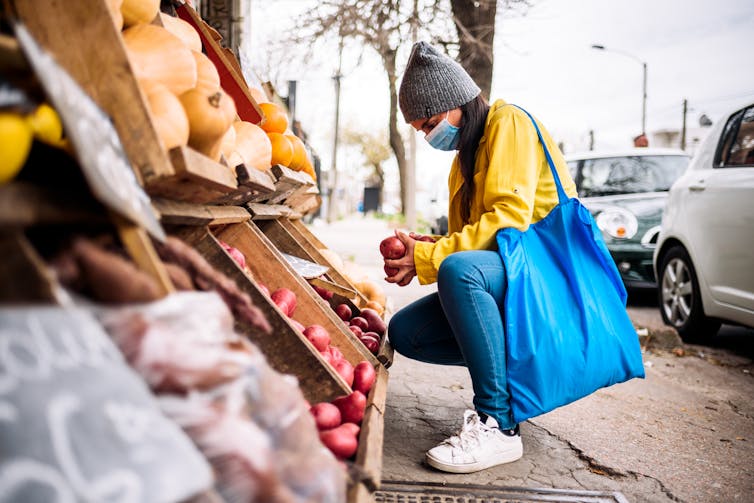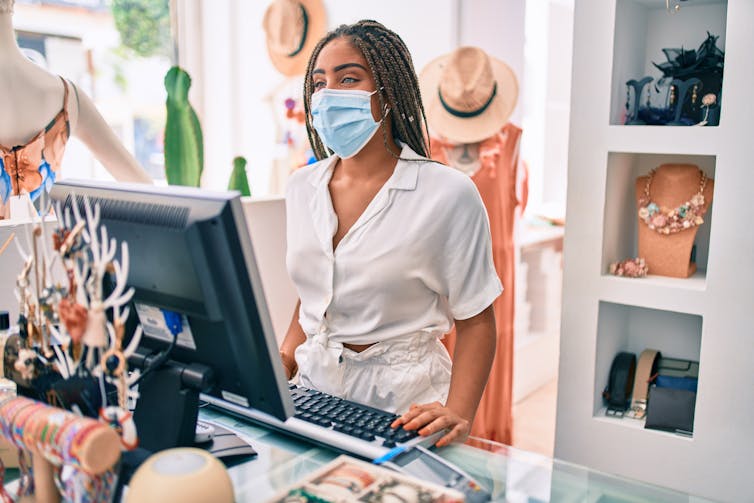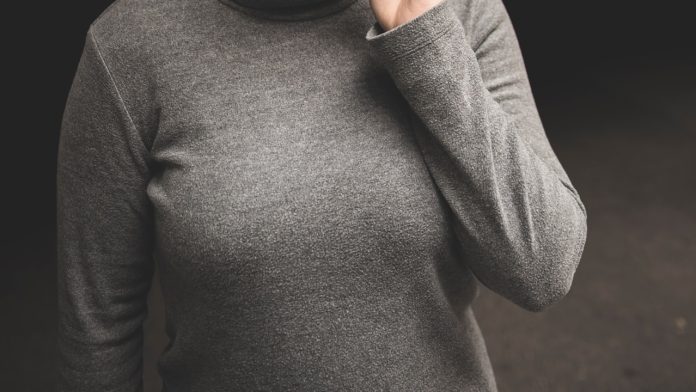The outlook for high street stores seems gloomy. Social distancing measures and lockdowns have driven people to shop online, leading to shop closures and a boom for online retailers such as Amazon. Before the pandemic, online shopping was a growing trend – and it’s possible that COVID-19 is the tipping point that will change how we shop for good.
However, it’s clear that people still value physical shops. Globally, after the first round of lockdowns in 2020, consumers flocked to the shops. At the Bicester Village shopping outlet in England, crowds were so great that people petitioned for shops to be closed.
A change of scene
The pandemic has caused people to spend much more time at home – and to appreciate a change of scene, which a trip to the shops can provide. Many may also cherish the social aspect of going shopping, especially after having been isolated for a period of time. Research carried out before the pandemic suggested that interactions with in-store salespeople could satisfy some of the social needs of consumers who experience loneliness.
COVID-19 has also led people to new kinds of shopping experience. They have explored different types of shops, especially smaller ones that are local to where they live or work. In one survey of British adults, 70% of people shopping locally during the pandemic said they would continue to do so once it was over.
Get your news from people who know what they’re talking about.

Other factors also come into play. Consumers often have a need to touch products and many find pleasure in the sensory stimulation of visiting a shop, which clearly can’t be replicated online. In fact, consumers are often motivated to touch products just because it is fun and this in turn can increase the likelihood of purchase. High street retailers can benefit from these consumer needs.
Retailers should give some thought to the fact that consumers often spend more in physical environments than they would online. A physical store can also provide a good opportunity for consumers to return unwanted online purchases, and offers the opportunity to exchange or buy other products rather than just sending them back. This may be one way to combat the high return rates for online purchases, which are often around 30% compared to only 8% for in-store purchases.

Shoppers benefit from physical shopping, too. Social interactions have the ability to improve emotional well-being, and many people go on shopping trips with a companion, making it an inherently social experience. These social occasions will be important once our lives return to some kind of normality, as many have been starved of social interactions.
One problem, though, is whether there will be any great choice of shops remaining on the high street, as physical stores disappear and brands become available only online. Recent examples in the UK include the fashion outlets Topshop and Miss Selfridge and the department store Debenhams.
Read more: Saving the high street: what to do with empty department stores and shopping centres
This may pose a dilemma for consumers when they wish to return to physical shopping after the pandemic, as there simply may not be enough shops to satisfy their needs. If there is a lack of variety then they may find that they are drawn back online, where they can order anything they want with the click of a button.
It’s likely that in the future, consumers will want to combine purchasing online with shopping in person. A survey of 22,000 participants found that almost every single one would go back to shop in stores when the pandemic is over, even if 80% also said they would continue to shop online. This suggests that while many consumers are happy with their online shopping habits, they still have a need to go out to the shops.
Perhaps this is the ideal time for high streets to reinvent themselves, offering consumers a more satisfying shopping experience that responds to their needs for social interaction and physical touch.














